Almost five years ago, environmentalists worked with the Congress and the BLM to pass the Utah Recreational Land Exchange Act of 2009. The legislation was supposed to be a win-win proposition. In an August 6, 2009 press release, SUWA wrote,
“The Utah Wilderness Coalition today hailed the final passage of the Utah Recreational Land Exchange Act of 2009 (H.R. 1275). This legislation, which recently won approval in the House of Representatives (RC481 7/8/09), will enable federal government acquisition of state land parcels within the spectacular Colorado River corridor in Utah. Many of the public lands to be acquired by the Bureau of Land Management (BLM) in this exchange qualify as wilderness and will be managed to preserve their wilderness character, which is currently not possible.
“The Utah Recreational Land Exchange Act of 2009 directs the exchange of lands between the Secretary of the Interior and Utah’s State School and Institutional Trust Lands Administration (SITLA). The exchange involves approximately 46,000 acres of state lands and 36,000 acres of BLM-managed lands located within Uintah, Grand, and San Juan counties in eastern Utah.”
It was a bill, finally, that everyone could love. The Grand Canyon Trust accepted much of the credit for the bill’s passage from SUWA’s executive director, Scott Groene who said: “The Grand Canyon Trust deserves enormous credit for overcoming every imaginable political obstacle to this success. It’s great for the Colorado River Canyon, but perhaps more important as the model for future exchanges.”
This week, a BLM press release in the local Moab newspapers asked for public comments as the specific parcels of the land for exchange between BLM and SITLA are identified. This swap would provide better protection for areas of critical environmental concern (ACEC) , including “Red Fork/Dry Mountain, Nine Mile Canyon, Lower Green River Canyon, Mill Creek Canyon, and in the Highway 279 Corridor/Shafer Basin/Long Canyon ACECs.”
BUT…it also includes the transfer of BLM lands to SITLA with mineral potential. In section 4.1.1.4 of the BLM Environmental Assessment (DOI BLM UT Y010 2011 0016) it states:
“Based on the assessment of mineral potential completed by the Utah Geological Survey and the BLM, in cooperation with the Department of the Interior, Office of Mineral Evaluation, the exchange would result in the following net gain or loss of mineral resources by the U.S.”
While the exchange showed a slight gain in oil and gas resources for the BLM, it also appears to transfer to SITLA a 31,429 acre parcel of lands with tar sands potential. The Zephyr contacted Lisa Bryant at the Moab BLM office. She replied,
As the State of Utah moves forward with the first tar sands mine in the United States, the Utah Recreational Land Exchange Act appears to be providing an unexpected dividend to the extraction industry. It has literally added more fuel to the growing tar sands fire.
—Jim Stiles
http://action.suwa.org/site/News2?page=NewsArticle&id=7497&security=1&news_iv_ctrl=1061
https://www.blm.gov/ut/enbb/files/DO-BLM-UT-9100-2013-0001-EA.pdf
http://priceofoil.org/2010/09/15/utah-approves-americas-first-tar-sands-mine/
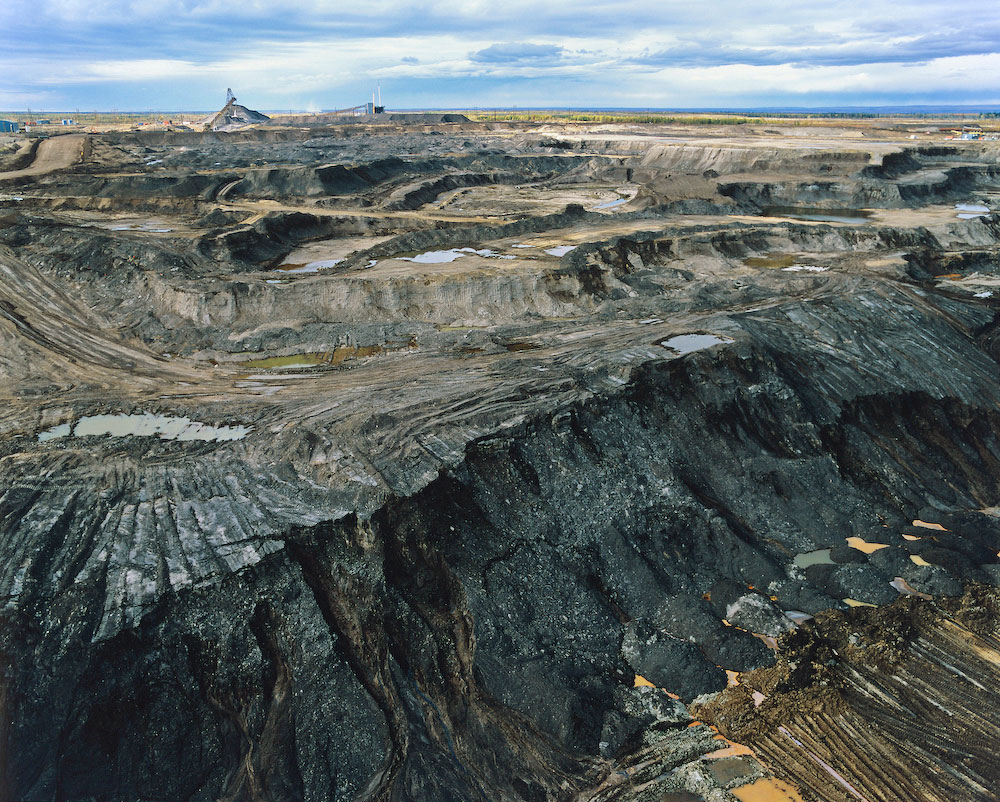
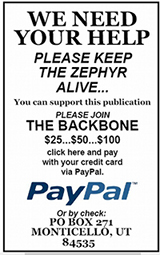



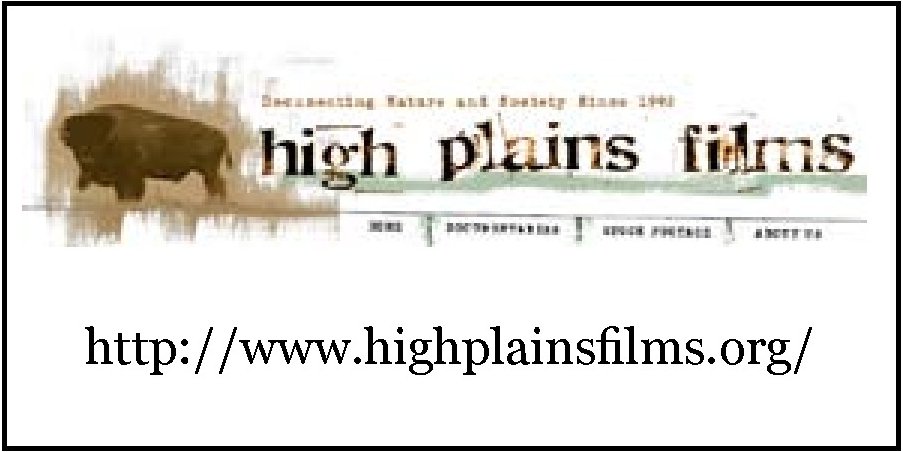
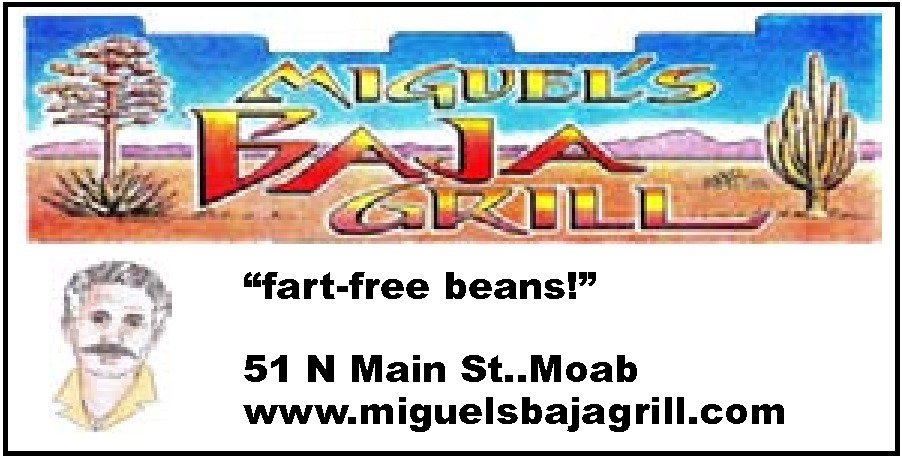
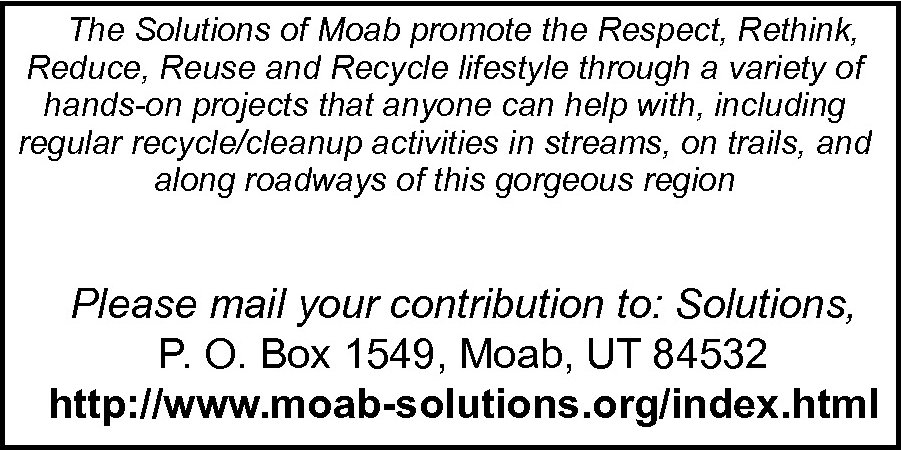
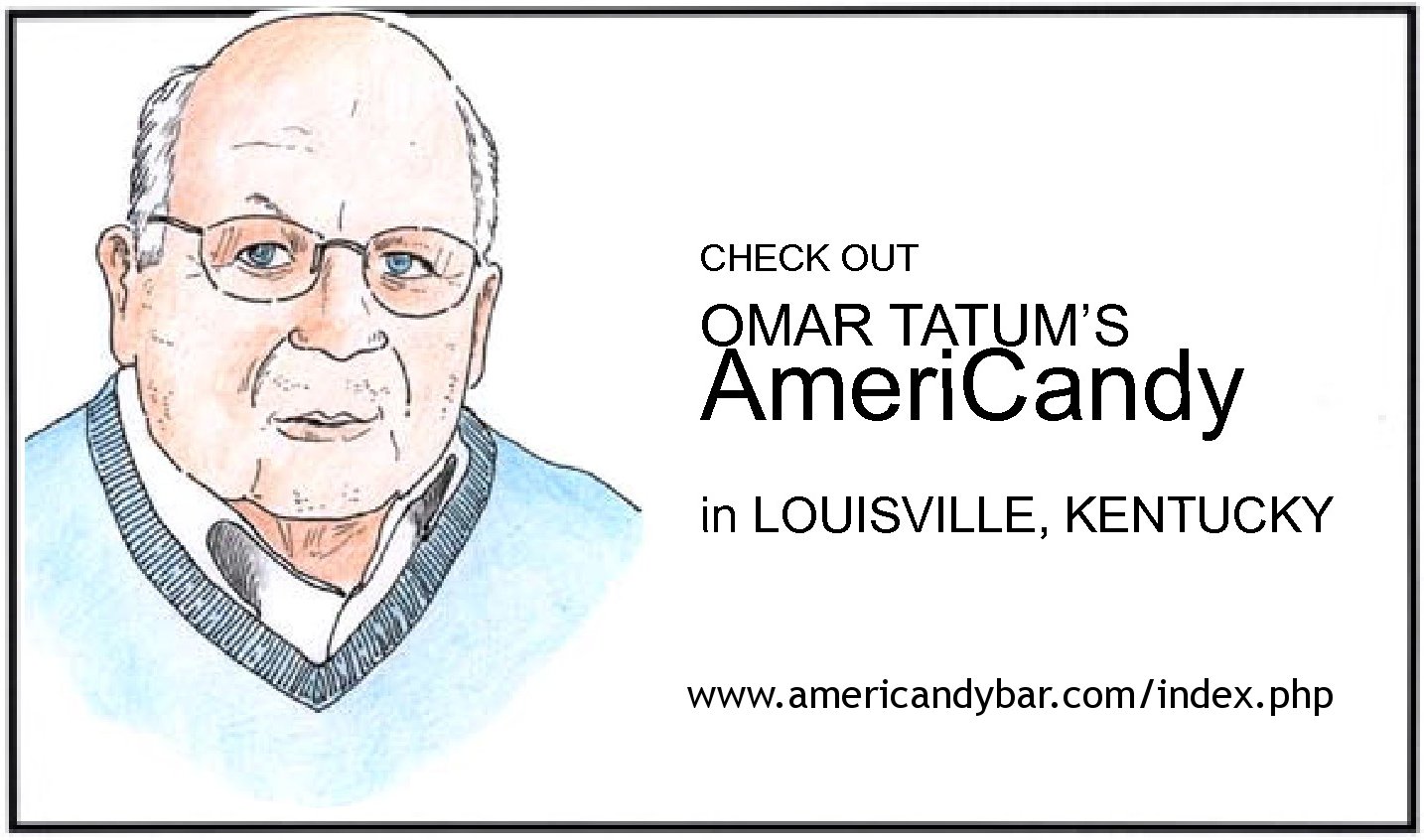


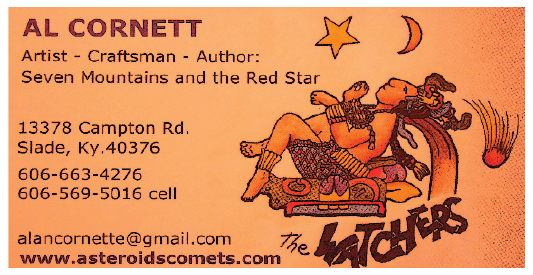




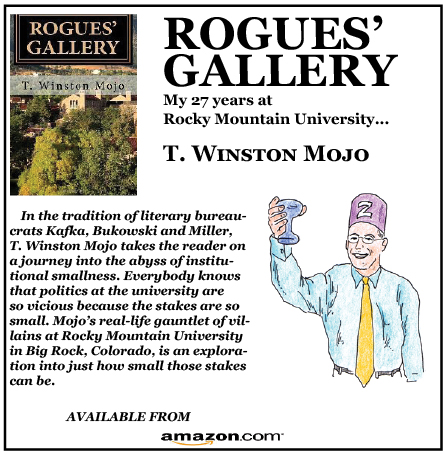
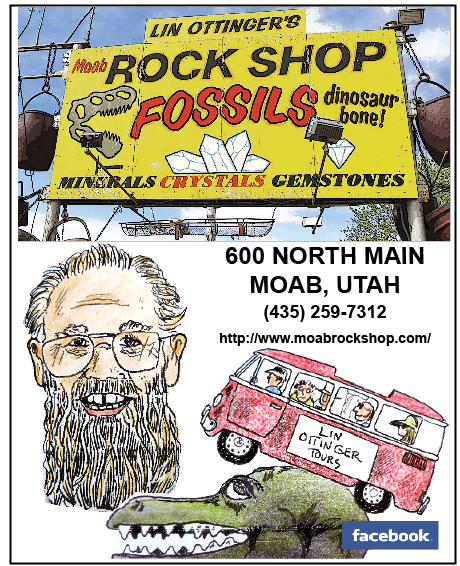
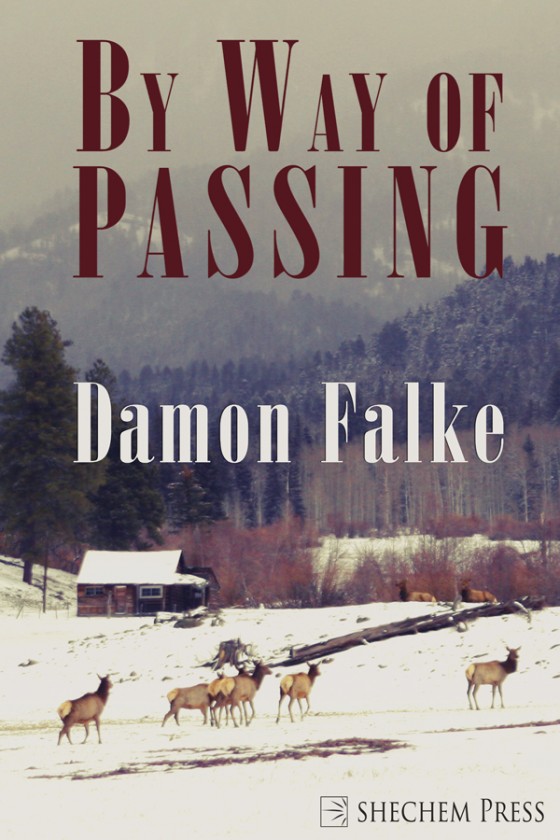
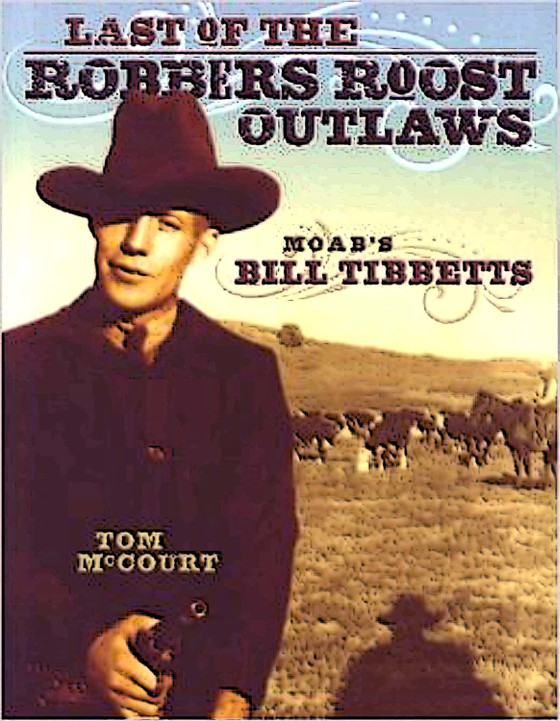
One Response
Stay in touch with the conversation, subscribe to the RSS feed for comments on this post.
Continuing the Discussion